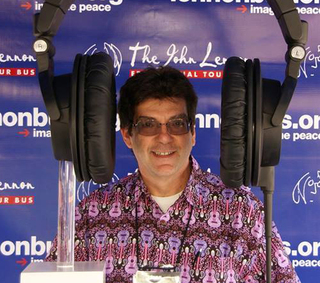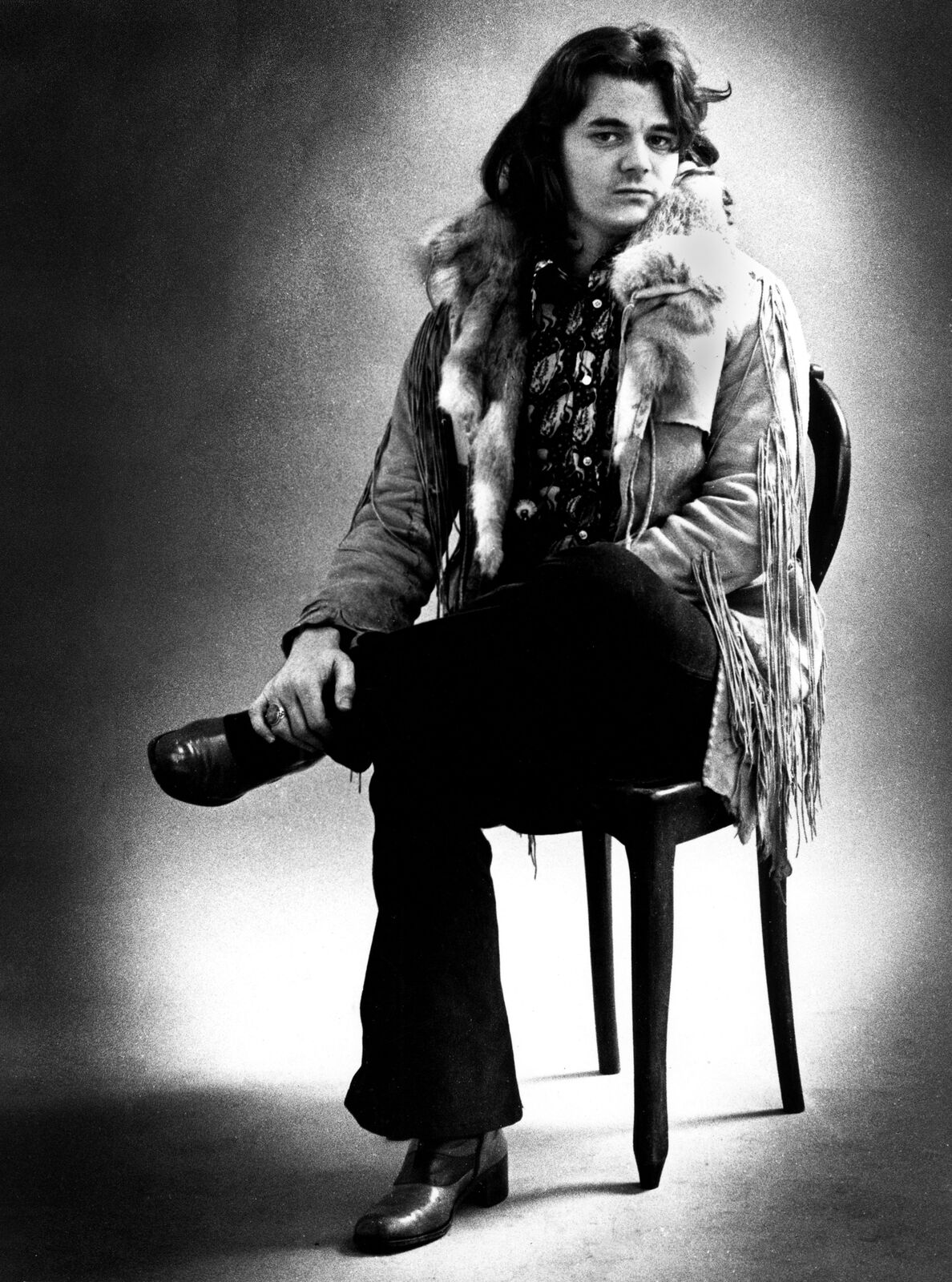|
J50: The Evolution of The Joker showcases Miller’s process as he expands and reimagines his craft, ultimately finding a strikingly original new sound that brought him to a wider audience than ever before and set the stage for even greater successes to come. Curated by Miller himself, J50 dives deep into the creative process of writing and assembling The Joker and amplifies its enduring magic by chronologically placing the original album tracks alongside 27 previously unreleased recordings from Miller’s personal archive – including songwriting tapes made by Miller on his TEAC 4-track in hotel rooms on the road and at live performances, plus studio outtakes and rehearsals – as well as six audio commentary tracks from Miller and exclusive liner notes from both Miller and legendary journalist Anthony DeCurtis. An official J50: The Evolution of The Joker trailer is streaming now at YouTube.
J50 was first heralded earlier this summer with the premiere of “The Joker Suite,” an extended piece showcasing the musical path to the album’s 5x Platinum-certified (in the US alone), worldwide #1 hit title track, “The Joker,” with the previously unreleased “Lidi” and “Travelin’,” available everywhere now.
LISTEN TO “THE JOKER SUITE”
WATCH THE J50 TRAILER
PRE-ORDER J50: THE EVOLUTION OF THE JOKER
Originally released worldwide in October 1973, The Joker quickly became a hit in the United States, crossing over from FM underground radio to the AM pop radio of the day. Shortly thereafter, the song went to #1, first in the States and followed by the rest of the world. This mainstream breakthrough success was certainly fueled by dramatic shifts in both the lineup and Miller’s own approach to songcraft. J50: The Evolution of The Joker brings together the original album alongside unreleased recordings, thereby illustrating Miller’s creative process. The collection kicks off with beautiful acoustic live renditions of “Children of the Future,” “Brave New World,” and “Space Cowboy,” recorded while on the road in 1972. Miller had long nurtured his still-growing audience with constant touring, routinely visiting hundreds of cities each year. Backed by Dickie Thompson on keyboards, Gerald Johnson on bass, and John King on drums, the lineup marked Steve Miller Band’s first iteration as a quartet. Fueled in part by Thompson’s B3 organ and electric Hohner clavinet, the band developed a distinctive new sound, blending Miller’s signature psychedelic blues with a focused songcraft that expertly merged his many inspirations and influences into something wholly original and all his own.
Their lengthy sets were highlighted by covers of R&B gems like Young Jessie’s “Mary Lou” and The Clovers’ “Your Cash Ain’t Nothin’ But Trash,” both of which would be featured on The Joker. Energized by his band’s nightly workouts, Miller spent his late-night hours recording on a TEAC 4-track tape machine in hotel rooms across the nation, working on new songs largely on 12-string guitar. In July 1973, the band hit Capitol Record’s Studio B in Los Angeles and quickly got to work, recording, mixing, and mastering the album in just 17 days with Miller producing.
“The most important rule that every kid out there who wants to make a record should remember is: When you go into the studio, be ready to do the whole performance the first time you do it, because that’s going to be the best time you do it,” Miller says. “The whole thing is to capture the first performance. That’s a lot of what The Joker’s about. It was all first takes, and first takes are always better than perfect takes.
“To make a hit record, I thought it was best to have five hooks,” he continues. “Not one, not two, not three, not four, but five, if you really wanted to deliver a hit. Like if you take ‘The Joker.’ ‘Some people call me the Space Cowboy.’ What the hell was that? Then it continues and it gets your attention again: the slide guitar, the chorus, the harmony, the wolf whistle. It all adds up. All of these things are just elements of writing. You learn those elements, and you’re always playing with them.”
Miller’s new songs, from the album-opening “Sugar Babe” and longtime live favorite “Shu Ba Da Du Ma Ma Ma Ma,” to the easygoing blues shuffle, “The Lovin’ Cup” (extended by a driving, live acoustic version of Robert Johnson’s “Come On In My Kitchen,” with foot-stomping percussive accompaniment) and the devastating, slow-burn “Evil,” the latter recorded on stage at Boston, MA’s Aquarius Theater. “Something To Believe In” closes The Joker on a warm, reassuring romantic pop lullaby. “Like clear water in a mountain stream,” he sings, “l will come to you in your dreams/Like pictures reflected in a mountain lake/I will be with you when you wake.”
Released as a single in October 1973, “The Joker” proved, in Miller’s words, “a real, no kidding, non-stop hit,” played on virtually every radio station around the world. “The Joker” rose to #1 on Billboard’s “Hot 100” while also reaching the top 20 in many countries around the world. In September 1990, more than a decade later, “The Joker” made history by returning to the US, UK, and European charts after being featured in a popular TV commercial for Levi’s – the longest-ever gap between transatlantic chart-toppers.
With its title track seemingly everywhere (as well as its indelible masked album cover by famed photographer Norman Seeff), The Joker was quickly certified platinum by the RIAA – Miller’s first up to that time. Not only was The Joker significant in its own artistic right, but it also positioned Miller for the next, vitally important stage of his career, when he would become one of the biggest hitmakers and most definitive artists of the 70s. Today, Steve Miller’s releases combine for more than 75M in sales as well as over 5B streams. He has multiple #1s and five Top 10 Billboard “Hot 100” songs which have spent 226 weeks collectively on the chart. Miller also has four Top 10 albums on the Billboard 200, which have collectively spent 528 weeks on that chart.
|
 Robert Kinsler
Robert Kinsler Robert Kinsler
Robert Kinsler![]() -
August 19, 2023 -
Entertainment
classic rock
media release
Steve Miller
deluxe box set
blues-rock
-
2.3K views -
0 Comments -
0 Likes -
0 Reviews
-
August 19, 2023 -
Entertainment
classic rock
media release
Steve Miller
deluxe box set
blues-rock
-
2.3K views -
0 Comments -
0 Likes -
0 Reviews


Share this page with your family and friends.